|
Get ready, hunters! This special “All Things Deer” email will prepare you for your 2022-2023 Indiana Deer Hunting Season.
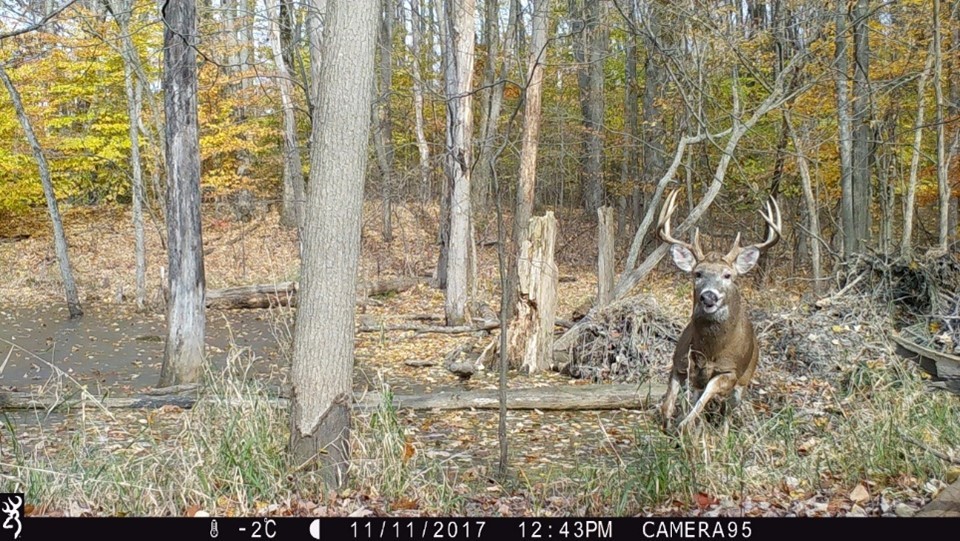 2022-2023 Hunting & Trapping Guide Now Available
Learn about new hunting regulations, season dates, and bag limits in the 2022-2023 Indiana Hunting & Trapping Guide.
Indiana’s record whitetail bucks
Natalie Krebs and PJ DelHomme published two articles in Outdoor Life and Boone and Crockett Club magazines, respectively, on the recent upsurge in trophy white-tailed deer recorded in Indiana. An increasing age structure, the one-buck rule, and increasing interest in deer management by private landowners attributed to this increase. Read on to find out more about Dustin Huff’s second biggest typical white-tailed deer ever recorded.
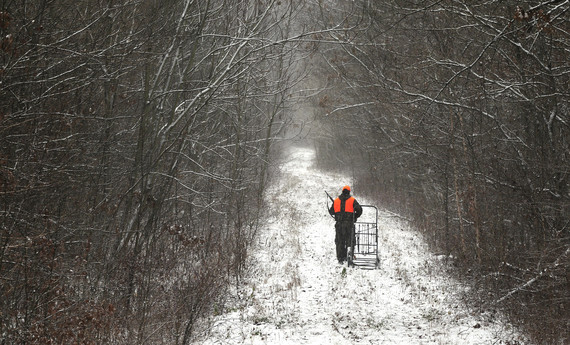 Tips from the trail
Whether you’re a rookie or have hunted for many years, DNR has deer hunting tips for you. See our playlist of quick YouTube videos to learn the best ways to have successful hunts. Want to process the deer by yourself? We’ve got you covered.
 Fur facts: Read more about deer research
Staff within the Division of Fish & Wildlife’s Deer Program conduct a wide range of research on deer populations, deer biology, and human interactions with deer. Current studies include understanding more about epizootic hemorrhagic disease (EHD) in Indiana, modeling chronic wasting disease (CWD) management methods, developing a cost-effective method for estimating the deer population size, and understanding the economics around deer and deer hunting.
Accessible hunting
DNR Fish & Wildlife areas are for everyone. If you’re a person with a disability who wants to hunt on a DNR property, you can apply for a special permit. In particular, if you’re a veteran with a disability, apply for a DAV hunting license. Be sure to contact the property manager to coordinate entry for each area. If you have questions about accessible properties or hunts near you, contact us.
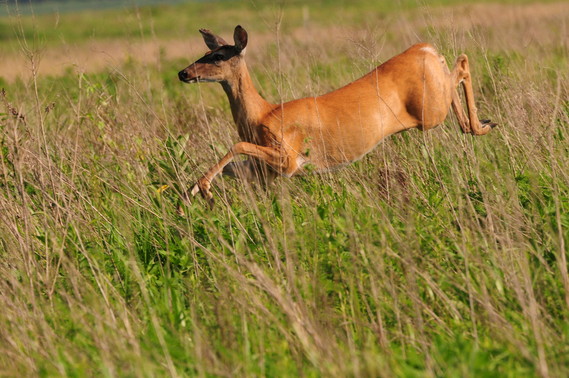 Sign up to hunt on one of Indiana’s participating private properties
Are you looking for new places to hunt? The Indiana Private Lands Access program (IPLA) has a new self-service sign-in system for hunters wishing to hunt private properties enrolled in the IPLA program. Small game, deer, and waterfowl hunters can visit the new website to view available locations, photos, and maps, as well as property rules.
Hunt windows can be up to three days long, depending on when you register. The system resets at 8 p.m. ET on the final night of each three-day cycle. Hunters can sign up for the same property only twice in a row. Be sure to sign up early during each window.
Remember: Game bird (pheasant and quail) and turkey hunts are still administered through the reserved hunt draw system.
As IPLA continues to work with private landowners, more properties will likely be added—stay tuned for more places to hunt.
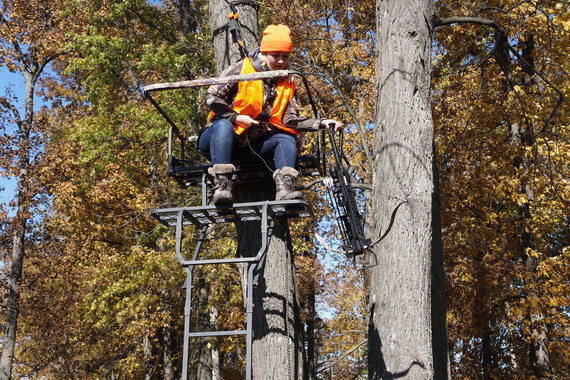 Stay safe, hunters!
With the deer reduction zone and archery seasons underway, we want to remind you to stay safe this season. Hunting injuries most commonly involve elevated platforms and tree stands. Take care of yourself this season by following the safety tips below.
Before the hunt:
- Read and understand the tree stand manufacturer’s instructions.
- Check tree stands and equipment for wear, fatigue, and cracks or loose nuts/bolts, paying particularly close attention to parts made of material other than metal.
- Practice at ground level.
- Learn how to properly wear your full-body safety harness.
During the hunt:
- Wear your full-body safety harness.
- Use a tree stand safety rope.
- Make certain to attach your harness to the tree before leaving the ground, and that it remains attached to the tree until you return to the ground.
- Maintain three points of contact during ascent and descent.
- Wear boots with non-slip soles.
- Use a haul line to raise and lower firearms, bows and other hunting gear.
- Make sure firearms are unloaded, action is open, and safety is on before attaching them to the haul line.
It’s always best to plan with others before you hunt and bring emergency equipment along with you. As you hunt, be sure to identify your game before pointing the firearm, and check that you know your target and what lies beyond it. More safety tips and guidelines can be found on our site.
 |
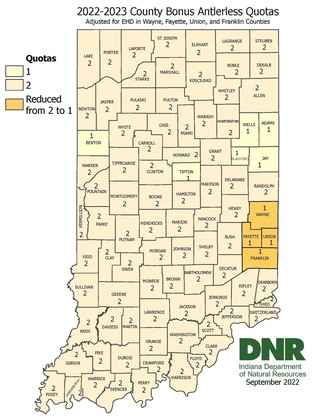
Bonus Antlerless Quotas
The County Bonus Antlerless Quotas are set for the 2022-2023 hunting season. This year, the quotas in several counties in southern Indiana remain low in response to epizootic hemorrhagic disease (EHD) events. Indiana DNR was able to raise the quotas in a few northern counties and kept counties in south-central Indiana lower than normal because of new population research from the Integrated Deer Management Project with Purdue. Quotas in Wayne, Union, Fayette, and Franklin counties have been reduced from 2 to 1 because of a significant EHD outbreak in these areas. Find out more online about Bonus Antlerless regulations and see what the quota is in your county.
EHD is a common disease in the Indiana deer herd that DNR receives reports of annually through its online reporting form. In many cases, the disease only affects small areas but can become widespread in some years, affecting a larger-than-normal portion of deer. This quota change will help DNR maintain the deer herd in the impacted counties for many future successful seasons.
|
 |

Report a sick or dead deer
DNR wants your help reporting sick or dead deer to us through our online Sick and Dead Wildlife Report Form. These reports are sent directly to an Indiana DNR biologist who evaluates the reports and samples the deer, if necessary (not all reports generate an immediate response). DNR uses these reports to monitor wildlife health over time, detect outbreak events (such as the recent EHD outbreak), and identify areas for disease surveillance.
|
 |
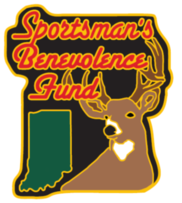
Hunt deer and feed hungry Hoosiers
Are you ready to hunt and simultaneously help fight hunger? Indiana hunters are encouraged to donate their harvested deer to the Sportsmen’s Benevolence Fund to support hungry Hoosiers during the upcoming seasons.
Administered by the DNR Division of Law Enforcement, the Sportsmen’s Benevolence Fund provides grants to Hoosiers Feeding the Hungry, Dubois County Sportsmen Club, and Hunters and Farmers Feeding the Hungry to pay for processing fees when hunters donate legally harvested deer to the program.
The steps to participate are simple:
- Enjoy a deer hunting experience.
- Harvest your deer.
- Drop off your field-dressed deer at a local participating processor.
- Processing fees are paid for by the Sportsmen's Benevolence Fund.
- The processor will create healthy venison burger to distribute to food banks.
Are you interested in helping feed the hungry?
|
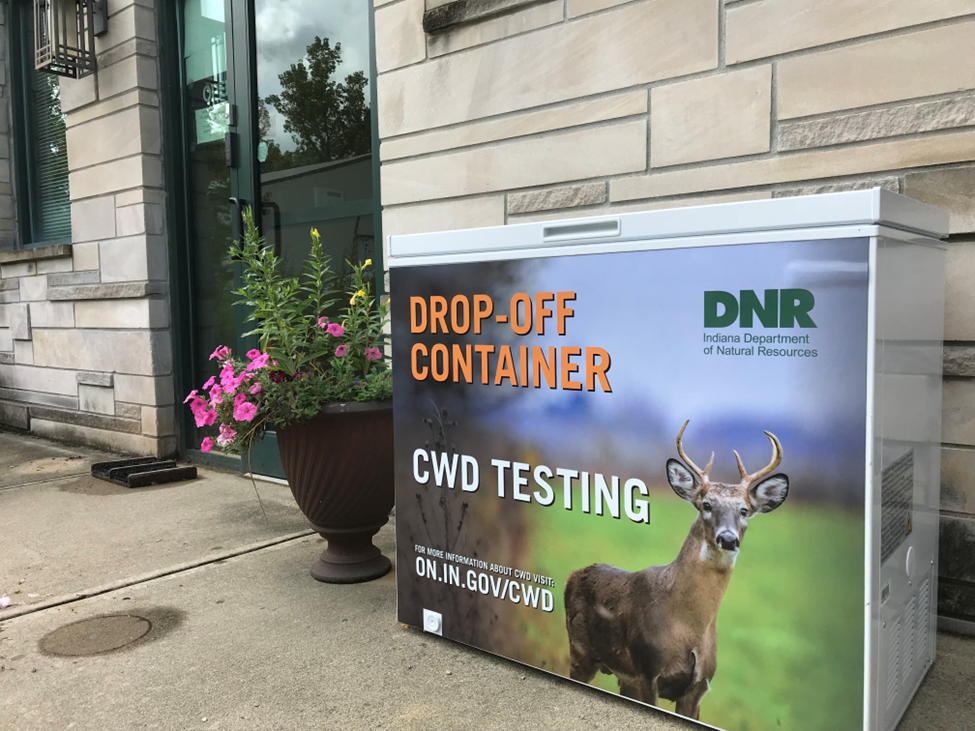 Testing for chronic wasting disease
Each year, Indiana DNR selects new areas to test deer for chronic wasting disease (CWD). These are areas where DNR has collected few samples in the past or has not targeted for a few years. During opening weekend of the 2022 Firearms Season, DNR will focus its sampling in northeastern and south-central Indiana.
Hunters who wish to have their deer tested for CWD can bring their deer to select Fish & Wildlife areas (FWAs) and State Fish Hatcheries (SFHs) throughout the hunting season. Deer heads can be dropped into designated coolers at select FWAs and SFHs or hunters can make an appointment for their deer to be sampled by a biologist during office hours. The 2022-2023 sampling locations and their hours of operation are listed on our website. Hunters who submit a deer for CWD testing will receive a metal tag reminiscent of Indiana’s historical deer harvest confirmation process.
Alternatively, hunters may independently submit their deer to Purdue Animal Disease Diagnostic Lab (ADDL) for testing for a fee. Hunters should complete the submission form and follow the shipping instructions on Purdue ADDL’s website.
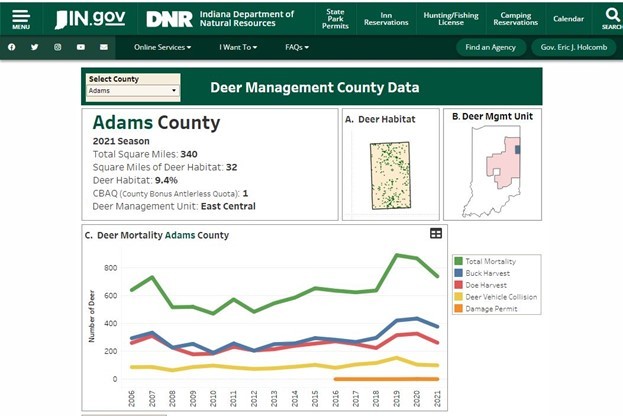 Deer data dashboards are now online
Our online deer data are now up to date with information from the 2021-22 harvest season, the 2021 After Hunt Survey, and the 2022 Annual Deer Survey. This is the same data that the deer biologists, district biologists, Division of Fish & Wildlife, and Law Enforcement administrators use to make recommendations for the following season’s regulations. It includes harvest data, population trends, deer vehicle collisions, deer damage permits, public opinion on deer management, and other useful information at the county and statewide levels. You can find links to the data below:
Bovine tuberculosis surveillance
Indiana DNR will not conduct intensive surveillance for bovine tuberculosis (bTB) during the 2022-2023 deer hunting season. However, Indiana DNR will still sample deer if they are reported to exhibit signs of bTB. Hunters should continue to inspect the chest cavity of harvested deer for lesions and contact an Indiana State Board of Animal Health veterinarian if lesions are found, at 877-747-3038 or online.
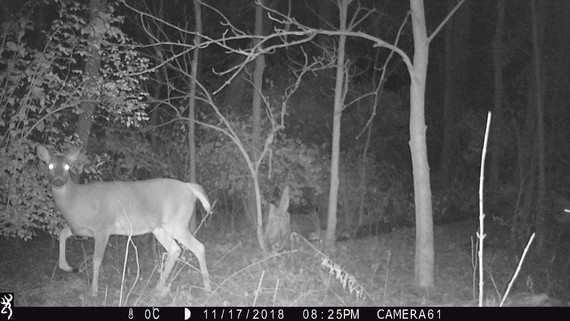 After Hunt Survey – Share your experience!
The After Hunt Survey was created in 2017 to collect biological information on harvested deer and to evaluate hunters’ experiences. The survey will again be available for the 2022-2023 deer season. Any successful hunter may complete the survey online immediately after checking in their deer online or at a later date by signing up on our website. Your participation helps Indiana DNR collect sufficient information to use in managing deer at the county level.
Deer Management Survey
The Deer Management Survey will be available again this year for any hunter or nonhunter who has an Indiana DNR account with a valid email address. This survey allows Indiana DNR to collect information about individual and deer demographics, public opinions on deer management, and deer trends for individual counties to incorporate into deer management decisions. The 2023 Deer Management Survey will be emailed in early 2023. If you would like to receive a survey, please make sure your email address is current or create an account.
Recent news releases
Indiana deer hunters urged to remember safety tips
Celebrate National Public Lands Day, Sept. 24-25
Bonus antlerless quotas lowered in 4 counties
DNR advises waterfowl hunters to be aware of possible highly pathogenic avian influenza surge
More
 |
|
|
The Indiana Natural Resources Foundation celebrates and preserves Indiana’s natural legacy by raising funds to support the Indiana Department of Natural Resources (DNR) and its programs. Together, we have helped expand public lands, restore wildlife habitat, and create outdoor educational and recreational opportunities for Hoosiers.
|
|
About Fish and Wildlife Management in Indiana
Fish and wildlife management and public access are funded by fishing and hunting license revenue and also through the Wildlife and Sport Fish Restoration Programs administered by the U.S. Fish & Wildlife Service. These programs collect excise taxes on sporting arms and ammunition, archery equipment, fishing equipment, and motor boat fuels. The money is distributed among state fish and wildlife agencies based on land size and the number of licensed anglers and hunters in each state. Find out more information about fish and wildlife management in Indiana at Wildlife.IN.gov.
|